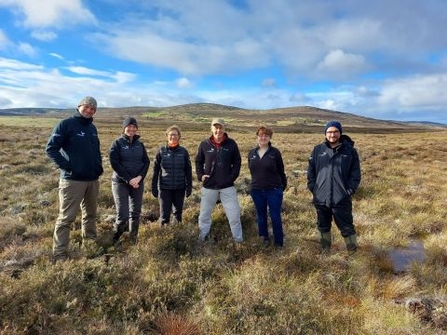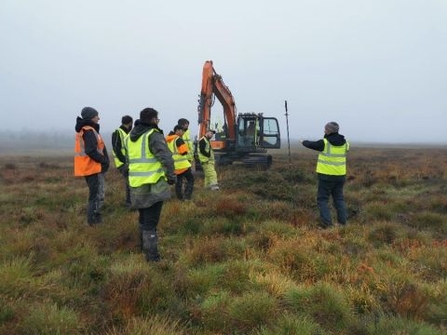he Cairngorms National Park Authority’s (CNPA) Peatland ACTION Officers have facilitated over 2,140 hectares of peatland restoration since 2014, but these efforts need to be scaled up to address the nature and climate crisis and contribute to the Scottish Government net zero carbon emissions targets set for 2045.
In April 2021, the CNPA became a direct delivery partner of the Scottish Government / NatureScot Peatland ACTION programme. CNPA are now able to directly award funding for peatland projects within the Cairngorms National Park and are planning a further 2,750 hectares of restoration management over the next three years. To deliver this work we expanded our team to include 4 Project Officers, a GIS/Data Officer and a Programme Manager. This experienced team of Peatland ACTION Officers provide advice, guidance and support in designing and delivering peatland projects.


